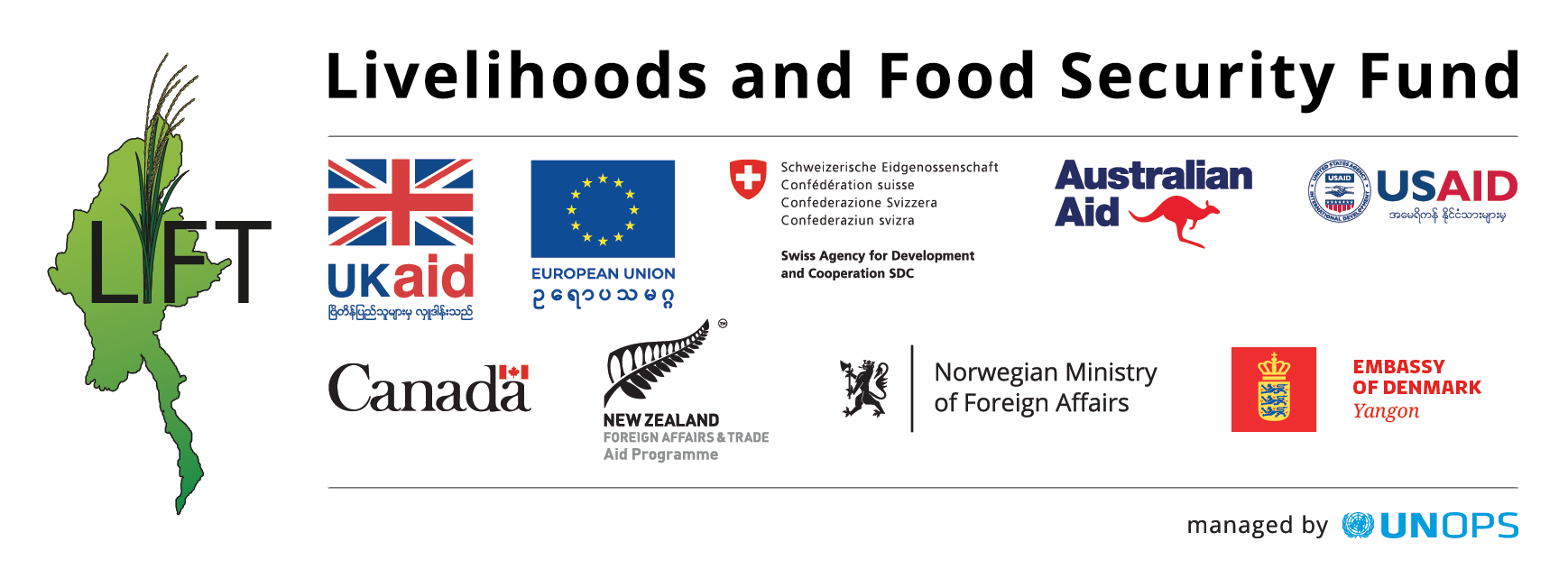
The number of IDP returns has also increased in recent years. According to The Border Consortium (TBC), approximately 162,000 displaced persons attempted to either return to former villages or resettle in surrounding areas of South East Myanmar between 2013 and 2018. TBC noted, nevertheless, that the sustainability of these movements and prospects for reintegration remain in doubt due to on-going security and livelihood concerns. In fact, 11,000 of those 162,000 displaced persons were originally repatriated refugees, but were included by TBC in the above calculations because TBC believes that many of them may now be in a state of internal displacement due to diffi culties with resettlement.
To highlight the situations faced by these three different types of returnees (facilitated, spontaneous, and internally displaced), Karen Human Rights Group (KHRG) conducted interviews with IDPs and refugees in different locations of rural Southeast Myanmar. Altogether, KHRG interviewed 40 returnees (21 men and 19 women); and 4 local leaders (2 men and 2 women). The interviews were conducted in 20 villages spread across all seven districts within KHRG’s operation area. Read more in these brief reports in English and Myanmar.


